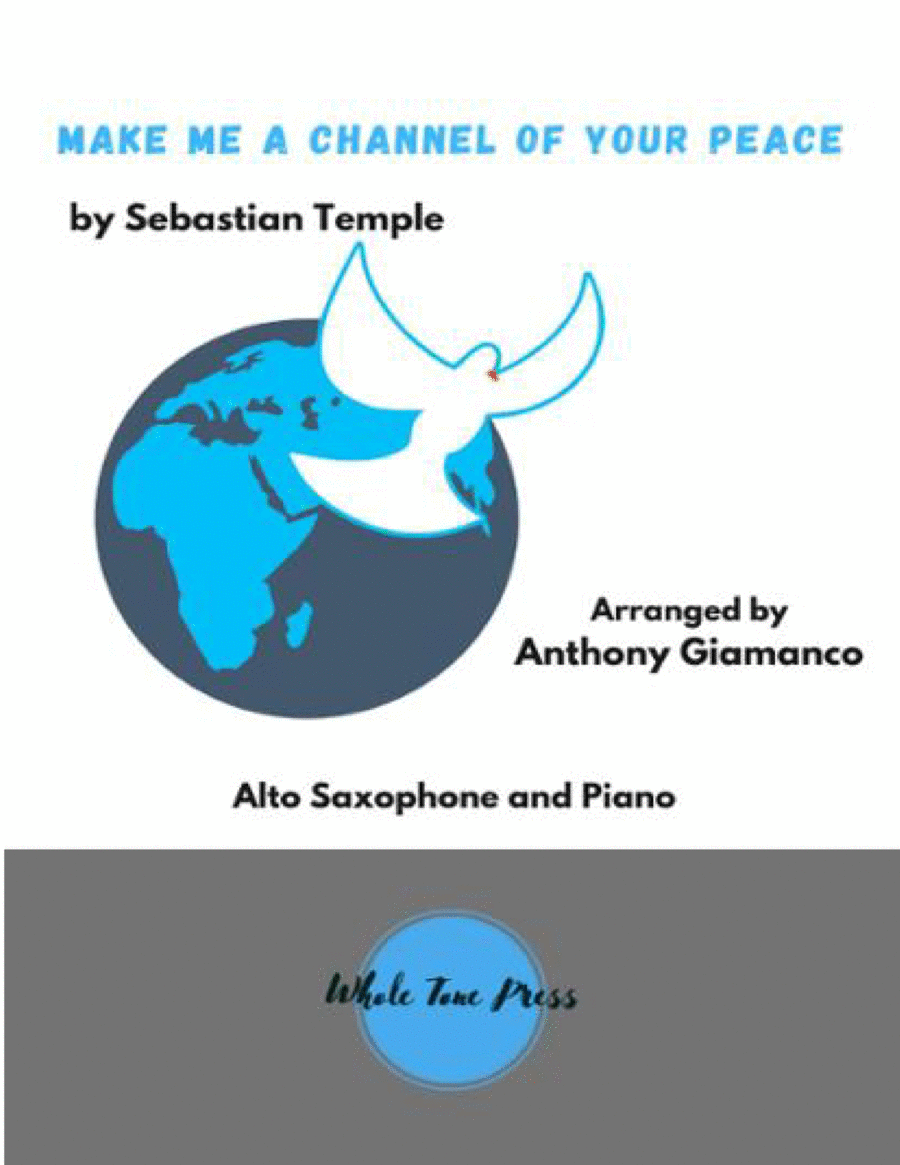Alto Saxophone,Piano - Level 4 - Digital Download SKU: A0.1041983 Composed by Sebastian Temple. Arranged by Anthony Giamanco. Contemporary,Contest,Festival,Sacred,Wedding. Score and part. 11 pages. Whole Tone Press #646772. Published by Whole Tone Press (A0.1041983). This lovely and expressive arrangement for alto saxophone and piano of the beloved Sebastian Temple hymn will make a welcome addition to any church service, concert, or recital. Although offering a more colourful harmonic palette, this arrangement maintains the simple beauty of the original hymn. Anthony Giamanco is a member of ASCAP. His many piano, organ, choir, and chamber works are in the catalogs of numerous publishers including GIA, Shawnee Press, Alfred, Augsburg Fortress, Lorenz, and others. His pieces can also be purchased through Sheet Music Plus, Sheet Music Direct, Sheet Music Marketplace, and JW Pepper. Anthony's music may also be purchased on his website, anthonygiamanco.com, on SoundCloud (https://soundcloud.com/tony-giamanco), and on his YouTube channel (https://www.youtube.com/channel/UC09EezLz7GUoMhNrc5Y8jBg) Contact info:tony@shalomlife.org.
